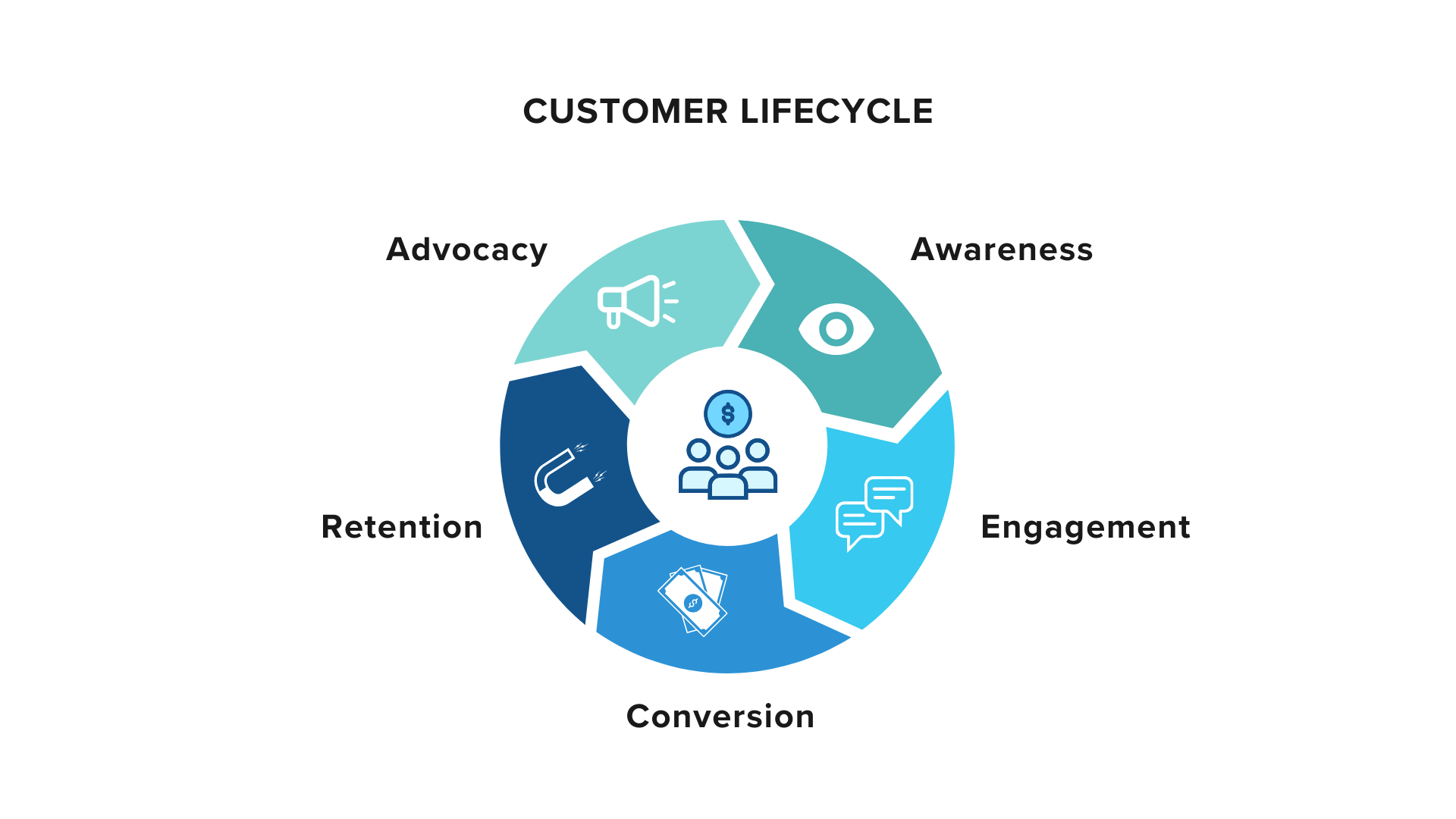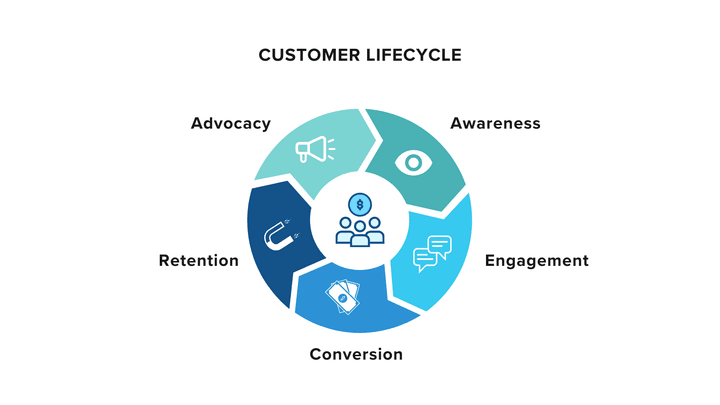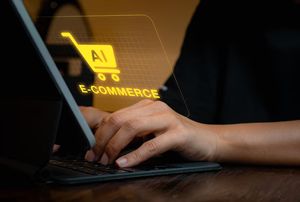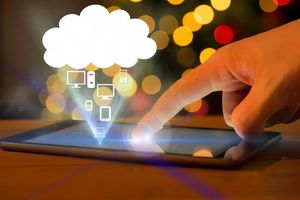In today's competitive business environment, just get new customers half of the match. The actual development lies in confusing customers during their travel moment they detect your brand Post-Kharid interaction and beyond. This is the place where customer cycle commitment (CL) becomes necessary.
CLE referred to the strategic process of nurturing relationships with customers at all phases of his journey, and ensuring satisfaction, storage and spokesman. Whether you run an e-commerce mark, mother-in-law platform or service-based business, understanding of this cycle can directly affect your income and customer loyalty.

Benefits of Customer Lifecycle Engagement
High customer storage: It is more likely to be more likely to remain.
Increased Customer's Life (CLV): Surplus engagement means more repeated purchase or renewal.
Better customer satisfaction: Personal interactions create better experiences.
Better return on marketing: Targeting of life cycle stages enables effective budget use.
Greater reference to the mouth: Happy customers systematically recommend your brand.
Limitations to Be Aware Of
Strong data infrastructure requires: Without accurate data, the engagement effort can be incorrect.
Coordination is necessary in teams: Marketing, sales and support must be adjusted.
Time temperature: The right life cycle takes commitment efforts and long -term planning.
High addiction to privatization: Resolution from generic messages can occur.
Stages of the Customer Lifecycle
The customer's life cycle usually consists of five main steps:
Consciousness - Customer detects your brand.
Ideas - they compare research and alternatives.
Buy - Customer buys from you.
Storage - ongoing service and support to keep them busy.
Lawyer - Lawy customers share their experiences and refer to others.
Current Trends in Lifecycle Engagement
AI-Interacted Capitalization: Tools such as Chatters, Adobe Sensi and Segment help automate messages.
Omnichannel -Engagement: Marks User E -Post, SMS, apps and constant messages online.
Predictive analysis: helps to estimate the needs of customers based on behavior.
Interactive materials: Quiz, choices and calculator promote commitment.
Customer mapping: Imagine a touch point for adapting experiences.
Key Features to Consider in a Lifecycle Engagement Strategy
CRM integration - Centralized customer data is important.
Behavior trigger - Actions that begin automated communication.
Partition equipment - for targeted campaigns based on demographics and behavior.
Multi -channel messages - ability to engage through e -post, SMS, push notification, etc.
Analytics dashboard - Objective performance in all stages of life cycle.
Top Tools for Customer Lifecycle Engagement
Here are some of the most widely used solutions:
HubSpot CRM - provides a full marketing suite for customers life cycle.
The best for Salesforce Marketing Cloud Wide Customer Travel.
Klaviyo - ideal for automation and storage of e -commerce.
Customer.IO-ET Flexible tools for behavior-based communication.
Activcampaign - CRM combines e -post and automation.
Great for dedication and support from intercometic times.
How to Choose the Right Lifecycle Engagement Strategy
Use the following checklist:
| Consideration | Recommendation |
|---|---|
| Business Model | eCommerce, SaaS, B2B, or Services |
| Customer Base Size | Choose tools that scale with your growth |
| Communication Channels | Focus on where your audience is active |
| Budget | Tools vary from free to enterprise-level pricing |
| Team Skill Level | Go for user-friendly platforms if you're non-tech |
| Integration Capabilities | Ensure compatibility with your current systems |
Best Practices for Lifecycle Engagement
Mapping your customer - know every touch point.
Use data with care, utilize analyzes for setting messages.
Adapt everything - from e -post to support, relevance matters.
Automatic - Use automation for regular tasks, but keep a human touch.
Ask for sale-fiback, review or relevant products.
Real-User FAQs
Q1: How do I measure the success of life cycle engagement?
Use CPI as CLV, brainstorm rate, open rate with e -post, customer satisfaction (CSAT) and NPS.
Q2: What is the difference between marketing of life cycle and marketing of storage?
Life -related marketing covers the entire journey, while storage marketing is focused on post -brackets.
Q3: Can small businesses use CLE without a large budget?
Yes. Tools such as MailChimp, Moosend or Zoho CRM offer cost -effective options.
Q4: Is customer cycle commitment just for B2C?
No way. B2B companies can also benefit from focusing on leading, on board and client storage.
Conclusion: Why Customer Lifecycle Engagement Matters
Commitment to customer cycle is not just a marketing trend - this is an essential strategy for permanent trade development. By coordinating communication efforts with the expectations of customers in each life cycle phase, you improve satisfaction, sell repeat and build a loyal brand society. Whether you start an existing strategy or adaptation, CLE helps focus in long -term relationships with a time transaction.







